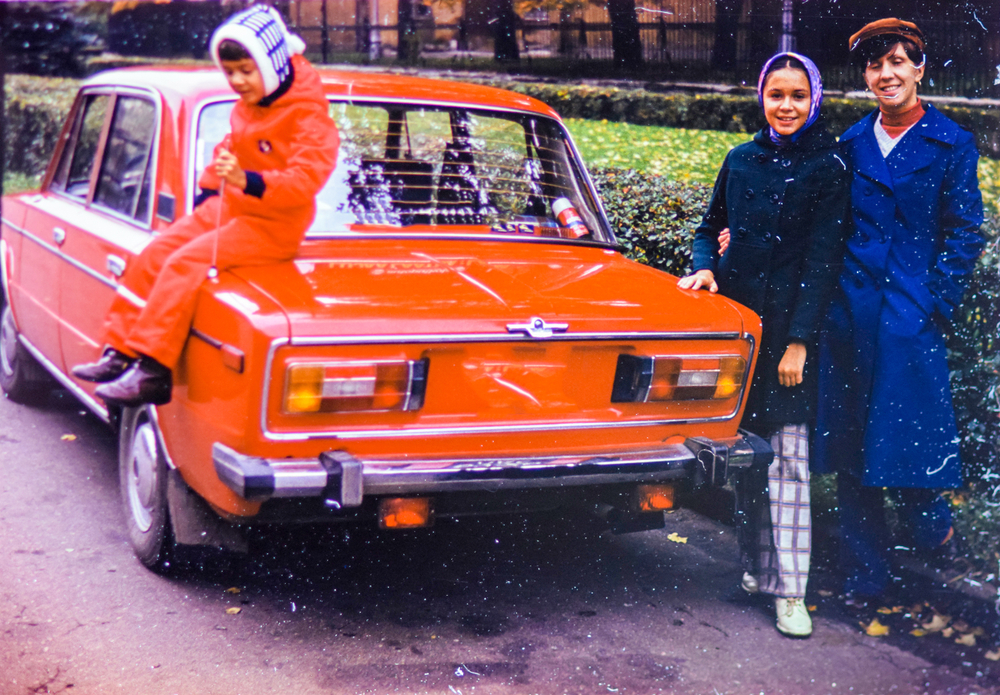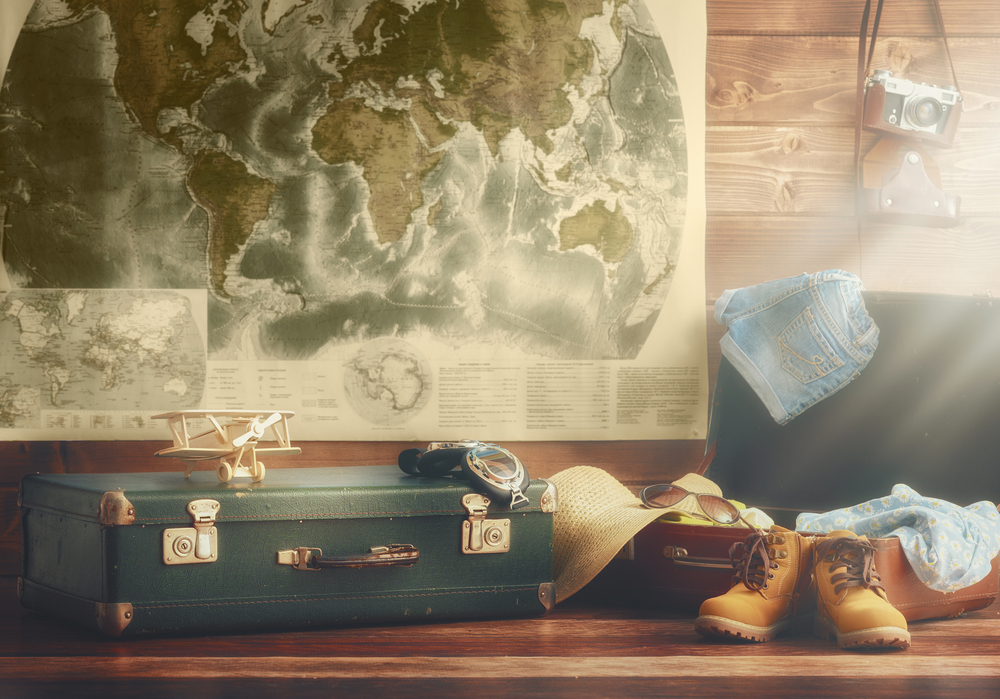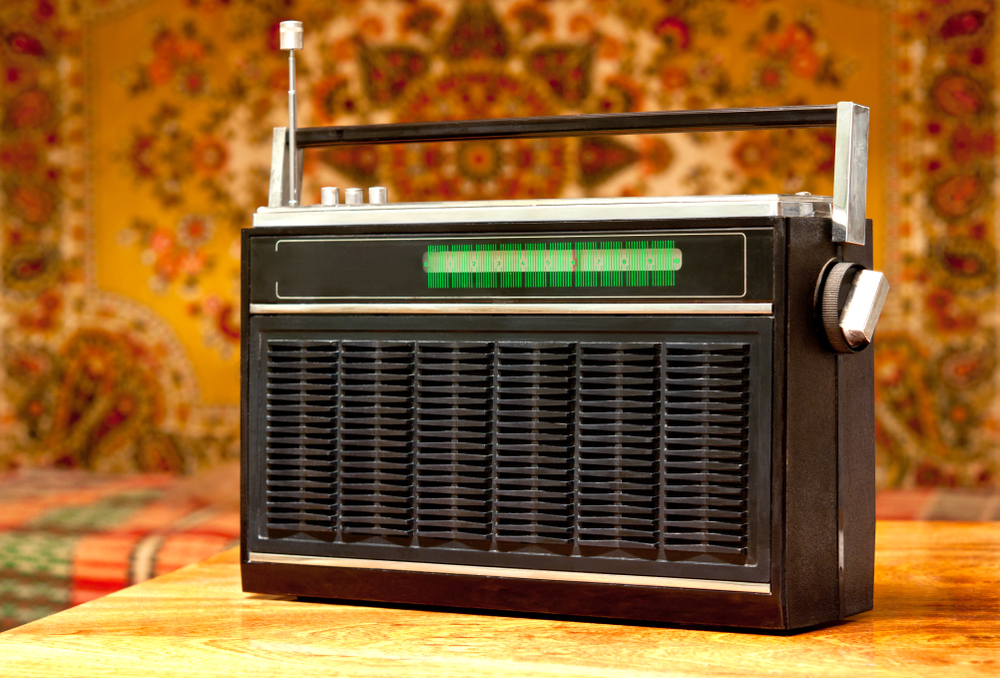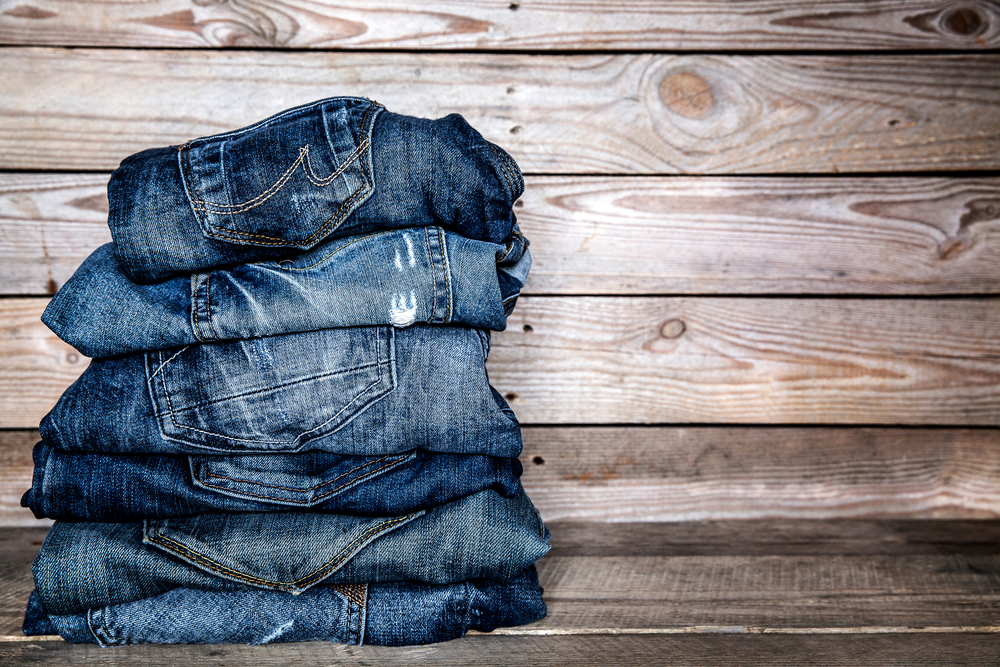Personal Car
Nowadays, buying a car is available for everyone who has enough money. But, in Soviet times, a car was considered more as an attribute of luxury life than as an ordinary transport. Similar with getting a flat, getting a car required being registered in a waiting list of an enterprise. Many people were waiting for their cars for 7 and more years. While flats were provided free of charge, prices for a car were pretty high. As an example, the cost of “GAZ-21” auto was 5500-6000 rubles, and “Zhiguli” price could reach 8000 rubles. Of course, a person with an ordinary salary of 150 rubles did not have such money, and had to collect it for many years or to borrow from relatives and friends. And even when he/she had money, the procedure was still very complicated. After long years in a waiting list, person had to wait in another list of so-called car dealership. When a buyer finally got a bill from dealership, he/she paid it in a special bank branch. Only after that, it was possible to get a car from the store. But buyers were still not allowed even to choose its color!
Personal Apartment
Getting an own spacious apartment was a cherished dream for the most of people in the USSR, living in communal flats, shared households and crowded Khruschev-era apartment blocks. Though getting flat was free, the problem was that the whole process could take up to 20 years! In the UUSR, the new apartments were constructed on orders of enterprises and government departments, and then were given to citizens according to the lists of these organizations. Valuable specialists of large and reputable enterprises could get a flat in 2-3 years, while people from other lists could wait for 10 and more years. Moreover, registration in such a list was not available for everyone: only those who had a residence permit in an apartment with no more than approximately 6 sq. m area per a person had a chance to get into the waiting list. That`s why many people used completely fantastic methods to get into the lists: they entered into fictive marriages, registered relatives living in villages in their city apartments, and many other.
Read: What Is It Like To Live in Ukraine
Food Delicacies
In Soviet people`s mind, the charming word “delicacy” was related to much less pleasant word – “deficiency”. The citizens of the USSR spent many hours in long lines, trying to get products for a good festive dinner. For example, often people could get tubs with tasty caviar only through good connections. However, while caviar and smoked meat are still considered as delicacies in modern times, in the USSR even such product as canned sprats in oil was in short supply! The list of other hard-to-find culinary delights included elite fish (salty and fresh), oranges, tangerines, candies in a box and cakes. Buying some bananas was even more difficult task to do – Soviet people could taste green bananas of not so good quality only in the times of big holidays. As for coconuts, people only heard about them from songs and books. Such names like “kiwi” and “avocado” were unknown at all.
Read: Famous Ukrainian Sportsmen of 20th Century
Abroad Trips 
In modern times, going abroad for a trip requires just desire, free time and money. In the USSR, personal wish did not play any role. To go abroad, a traveler started with proving the government that he/she has an appropriate reason to visit foreign country. He/she had to provide a private invitation from relatives or a request from an enterprise where he/she works – a request for a permission for a business or tourist trip abroad. If we talk about a tourist trip, a traveler could not even choose a destination – it was done by the governmental authorities. If an application was approved, the pack of traveler`s documents had to be considered by several governmental commissions, and on this stage he/she still could be refused without even knowing why. The commission could just decide that he/she is “not reliable enough” to go outside the USSR. If after all a traveler was allowed to go, he/she had to learn many official rules about appropriate behavior of Soviet citizens abroad. International passport was issued by enterprise and only for the period of the trip. Foreign currency for journey was also provided by enterprise and could not exceed the sum of 300 dollars. When traveler came home from the trip, he/she was obliged to prepare and submit special detailed report about journey.
Read: 15 Facts About Ukraine
Household Items and Electronics
In the Soviet Union, some household equipment items such as washing machines, refrigerators and TVs were in deficiency, provoking feverish demand. The first Soviet videotape recorders were offered for stratospheric prices and therefore were not highly sought. However, when their prices went down, they also became deficient. The household and electronic items were supplied to shops in limited series, making people wait for them in very long lines or even buy them by preliminary appointment. It means that a person left a card with his/her address in a shop and then could buy an item right when the shop received it. But even those who made a preliminary appointment sometimes waited for their goods for several months.
Alcohol in Times of Dry Law
Nowadays, going to a bar for a few tasty cocktails is an ordinary thing. But in the USSR, it was sometimes not so easy to have even a glass of beer. Anti-alcohol campaigns were held in the Soviet Union more than once, but general secretary Mikhail Gorbachov has taken the most serious steps. On May 17, 1985, he signed a new dry law order. Almost 2/3 of markets selling alcohol drinks were immediately closed. Those markets that left could sell vodka and wine only from 2 PM till 7 PM, which, of course, made people stay in enormously long lines. Soviet people reserved places in queue long before 2 PM in order to buy some alcohol. Those who arrived drunk in public places were strictly punished. If a person was caught drinking at a working place, he/she had to pay a big fine, and also faced danger of dismissal or even expulsion from the Communist party. The movies of that time did not include scenes with people drinking alcohol. However, in 1988, Mikhail Gorbachov had to cancel dry law under the pressure of other governmental authorities, because the state budget desperately missed money from alcohol sales.
Jeans and Other Trendy Clothes
Almost every young Soviet man and woman dreamed about jeans in 1980s. Getting a real Levi's or Wrangler was a special chic, while jeans of Bulgarian and other production were not so much appreciated. Other trendy clothes such as velvet jackets were also in deficiency. In a regular Soviet shop, no one could find fashionable clothes of well-known foreign brands. To buy such clothes, people had to use help of black market dealers – so-called “speculators”. Of course, buying trendy items from speculators was a costly affair.
Comparing what people dreamed about in the Soviet Union with what is available now, dwellers of post-USSR countries surely value the opportunities of their modern life much more.
Photo source: shutterstock.com. All photos belong to their rightful owners.
Dreams Made in USSR
The Soviet era has come to an end almost 30 years ago, but memories about it are still alive in the mind of many people. Nowadays, our life differs from Soviet time in thousands ways, and today we can have many things which were completely unattainable for the dwellers of Soviet Union. Personal cars and apartments, American jeans and trips abroad… Let`s look into the past and find out which regular things from modern everyday life Soviet people could only dream about.







